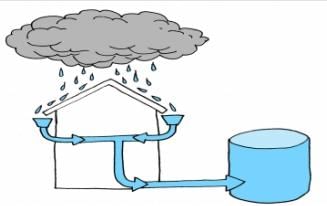Test: Resources (Medium) - Class 8 MCQ
20 Questions MCQ Test - Test: Resources (Medium)
Which of the following is the source used for the collection of rainwater?
Which of the following resources is non-renewable but can be recycled?
Human beings, flora and fauna, fisheries, and livestock are_____________.
Of the entire water resources of the world, what is the percentage of freshwater?
Which of the following kinds of soils are brought about by the depositional activity of winds?
The given diagram can be related to which of the following practices?

Biofuels are the fuels which are obtained from plants. Which of the following statements is incorrect regarding this?
Which of the following is a product of pastoral resources?
Which one of the following is not in favour of the conservation of nature?
On the basis of exhaustibility,resources can be classified into_________.
Resources are distributed unequally over the earth because of
Resources drawn from nature and used without much modification are called














